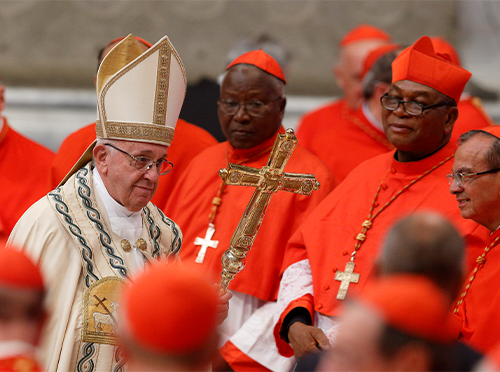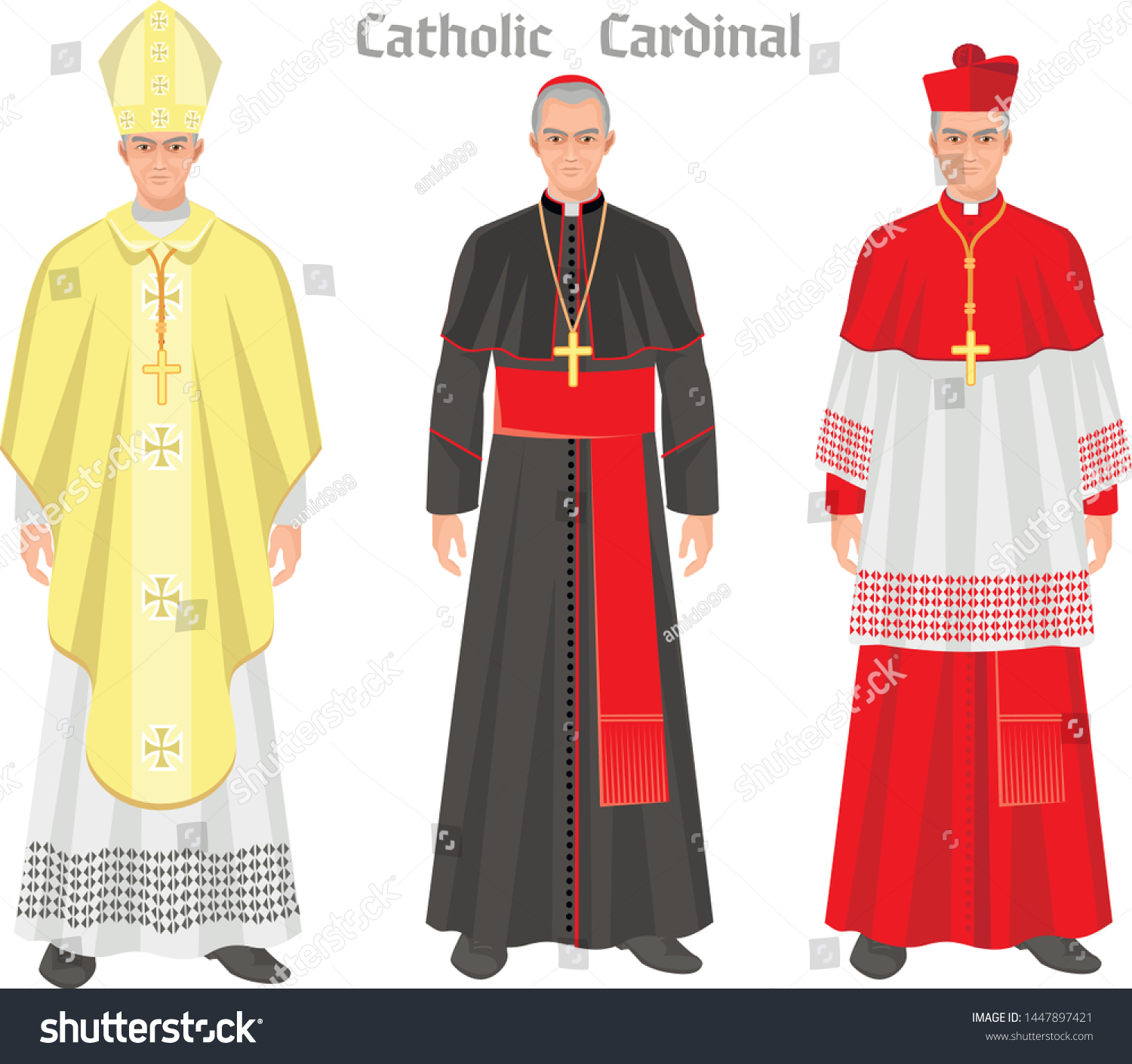Reference




OpenAI's Answer
In the Catholic Church, there are several different types of bishops, each with specific roles and responsibilities. Here are the main types and some of their roles:
-
Diocesan Bishops: They govern a diocese, which is a local area church. They are responsible for the spiritual welfare of their diocese, ensuring that the Gospel is preached and that sound doctrine is taught. They oversee the administration of the sacraments and the liturgy source.
-
Archbishops: These are bishops who are in charge of an archdiocese, which is typically a larger and more significant diocese. An archbishop may also have the title of a metropolitan archbishop if he oversees a province comprising multiple dioceses source.
-
Coadjutor Bishops: These bishops are appointed to assist a diocesan bishop and usually have the right of succession, meaning they will become the diocesan bishop when the current bishop retires or passes away.
-
Auxiliary Bishops: They assist diocesan bishops in their pastoral and administrative duties. In some cases, an auxiliary bishop can be granted special faculties or authority by the Pope, depending on the needs of the diocese source.
-
Titular Bishops: These bishops hold the title to a diocese that no longer functions due to historical reasons (often due to changes in borders or populations) and typically serve in auxiliary capacities.
The role of bishops is essential as they act as the principal teachers and sanctifiers of the faith within the Church. The special responsibilities include the sanctification of the Church through prayer and work, particularly through the Eucharist source.
Here are some visual representations of bishops: